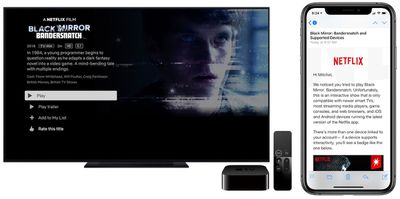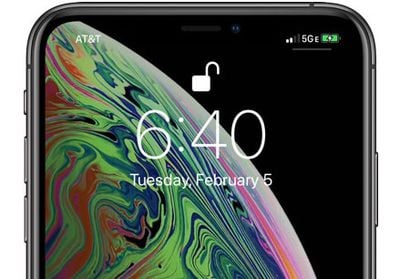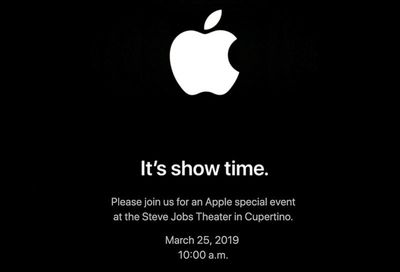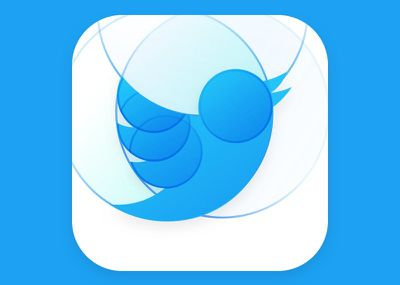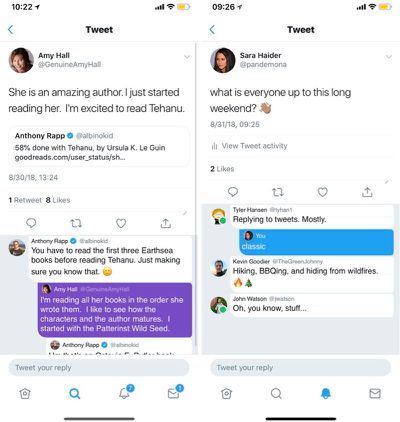Back in 2008, we wrote about Rolando, a platform-style puzzle game that was one of the first games back when the iPhone and the App Store were both new. At the time, our sister site TouchArcade said it was among "the best games the App Store has to offer."
The original Rolando game is no longer on the App Store because of the 2017 crackdown on 32-bit apps, but Rolando developer HandCircus today announced that a remastered version of the game is coming on April 3rd, which will be good news to fans of the Rolando series.
Rolando: Royal Edition is an overhauled version of the original Rolando game from 2008, with updated graphics, redesigned levels, and new mechanics. HandCircus says that the entire game has been updated with new content.

The award-winning iPhone classic is back and better than ever! This brand-new 'Royal Edition' is a completely remastered Rolando - every interaction, every course, flower, trampoline, bomb, catapult and squirrel has been given a thorough scrub, buff and shine, making this the most gorgeous version yet!
In Rolando, the goal of the game is to guide a gang of Rolandos through traps and puzzles on a quest to save the sages from the Shadow Creatures. With the exception of new mechanics and updates to the design, the original Rolando gameplay appears to be intact.
Rolando: Royal Edition can be pre-ordered from the App Store for $1.99, a 1/3 discount off of the planned launch price. [Direct Link]


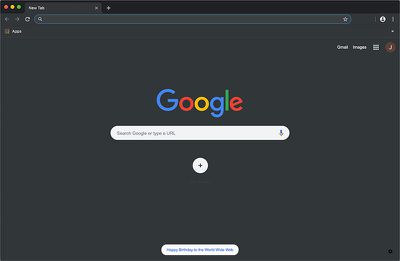
 Note: MacRumors is an affiliate partner with some of these vendors. When you click a link and make a purchase, we may receive a small payment, which helps us keep the site running.
Note: MacRumors is an affiliate partner with some of these vendors. When you click a link and make a purchase, we may receive a small payment, which helps us keep the site running.

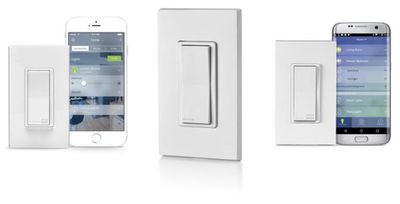 The cheapest model on sale is the
The cheapest model on sale is the 

